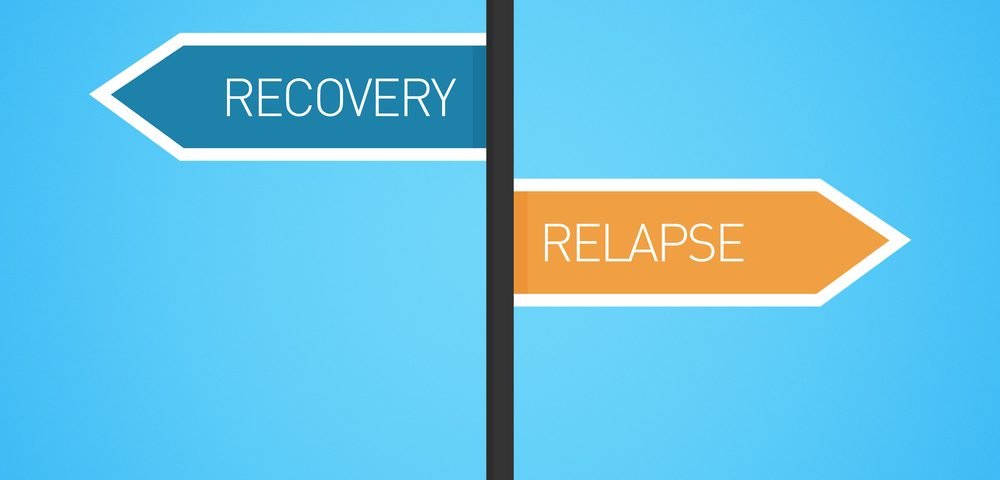I’m marking a big anniversary this month. It’s been four years since I finished the second round of treatment with Lemtrada (alemtuzumab), my final disease-modifying therapy (DMT). That means that, after about 60 monthly blood draws, I’m finished being stuck.
Lemtrada is usually a two-phase series of injections, with each phase separated by a year. The medication wipes out most of the cells in an MS patient’s immune system with the hope that the system will reconstitute itself without the rogue cells that attack our central nervous system.
Following the two series of treatments, the hope is that no further treatment will be needed. But because the medication can affect the liver and thyroid, among other things, the U.S. Food and Drug Administration requires monthly blood and urine testing for four years following the final IV drip.
More roller coaster than highway
My Lemtrada journey began in December 2016 when the first infusion began on the first of five consecutive days. Round two, with three days of treatment, began in April 2018 after a delay of a few months because of a trip.
The Lemtrada highway is full of ups and downs. After my first series of infusions, I had all of the symptoms I was told to expect, including headache, body aches, fever, and fatigue. Some days I’d wake up feeling good, but other mornings I was really dragging. Some days I had to take midday naps. I had a fever with chills twice. I had to be treated for strep once. These symptoms lasted about two months. After my second round of Lemtrada, I hit a severe fatigue wall at about six months.
On the other hand, my nighttime foot cramping improved and I seemed to be walking a bit better. My brain MRIs showed no activity, and I think my concentration was a little improved. I could feel whether my neurologist moved my big toe up or down. Best of all, my bladder frequency and urgency improved enough for me to go along with our grandkids on a 90-minute school bus ride searching for alligators in a Florida swamp.
How am I today?
Today, I think some things are better, while others, not so much.
The best news is that my spastic bladder continues to control itself. I rarely need to get up more than once a night to empty my bladder, and a few times a month, I can sleep six or even eight hours straight. My bowels are more regular than they’ve been in years. (Too much information?)
The good news is that I have less fatigue and I’ve stopped using Provigil (modafinil) to stay alert. My nightly leg and foot cramping has been reduced. I can still feel in which direction my neurologist wiggles my toe.
The disappointing news is that my walking has slowed over the past year and a half, and I have some hip and lower back pain. It’s difficult to stand for more than a few minutes and very difficult to rise from a crouch, especially early in the morning.
Was it worth the journey?
Yes, indeed. The people who developed Lemtrada never promised it would improve anything. Clinical trials only showed a slowing of disease progression. Anything better than that was icing on the cake.
Who knows what kind of shape I’d be in without this treatment? Who knows how much of an impact the isolation, stress, and lack of exercise that resulted from the COVID-19 pandemic had on my MS? Was kicking caffeine responsible for my improved bladder, rather than Lemtrada?
Some say a person in his late 60s, as I was when this trip began, shouldn’t be treated with a risky and expensive disease-modifying therapy — we should just let our MS ride itself out. I say not me.
I’d already been treated with three other DMTs, none of which promised the efficacy of Lemtrada, and each with its own downsides. The prospect of no more DMTs after this was very appealing. My risk tolerance is high. After all, I’m an old guy. And even though it wasn’t promised, there was the possibility that some symptoms might improve. So why not shoot for the moon?
I did. And I’m glad.
(A version of this post first appeared on the Multiple Sclerosis News Today website.)
Have you seen my book? It’s available as a paperback or ebook on Amazon.




